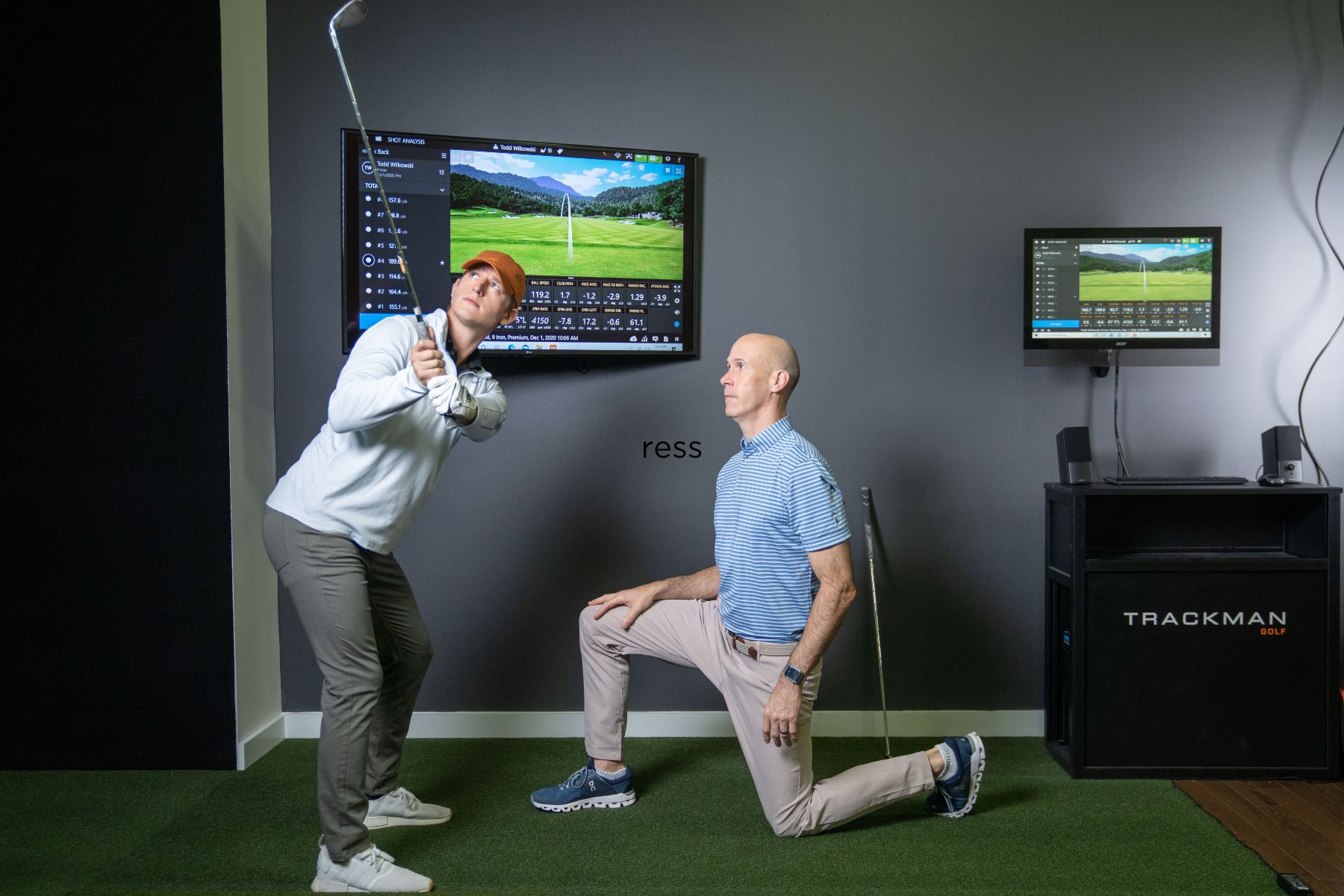Don’t let your golf game deteriorate over the winter
Just because the way you train during the winter is changing temporarily doesn’t mean the quality has to suffer. There are ways to make the most of the wintertime, and to do so, having a team around you is just as important as the time you put in yourself.

With the cold weather upon us in the northeast, the golf season shifts from on-course play to off season work within the gym, home, or local simulators. Whether you are looking to lower your handicap, improve your distance, or simply play more golf pain free, it is imperative to put the time and effort in, even if you don't have access to a golf course. Just because the way you train is changing temporarily, doesn’t mean the quality has to suffer. There are ways to make the most of the wintertime, and to do so, having a team around you is just as important as the time you put in yourself. The ideal situation is having both a golf professional and a health or fitness professional to work on all aspects of your game, from swing mechanics to improving your bodies efficiency to move within the swing.
The first important aspect that shouldn’t be ignored is any kind of pain, but particularly low back pain, which is the leading injury amongst golfers, accounting for 25% of all golf injuries. Low back pain may be the source of the pain, but that does not necessarily mean it will be the cause of your pain. The low back is a stable set of joint with the segments above and below (thoracic spine and hip respectively) being mobile joints. Your body requires muscular strength stabilization at stable joints and smooth motion at the mobile joints, and if there is impairment to either of these then dysfunction and pain will ensue. The only way to determine where your dysfunction may be is through a full and comprehensive evaluation, teasing out bits and pieces of impairment you may never knew you had. It is vital to understand the cause of your pain/dysfunction because this changes how your treatment or training plan will be structured.
Most golfers have a goal of gaining yardage on their swings, but do not have a firm plan in place to do so. Approximately every mile per hour gained of ball speed equates to driver carry distance of two yards. Naturally, this means the faster your ball speed, the longer carry distance of your driver. There are a variety of other variables in place that will affect carry distance (club speed, impact, dynamic loft, smash factor, etc.), but ball speed is most often studied. Tour averages for the ball speed on drivers are men at 168 mph and women at 140 mph. Meanwhile for your 10 handicappers, it is 138 mph for men and 119 mph for women. The good news is, an eight-week individualized golf physical fitness program for recreational golfers has previously been shown to improve ball speed by 7.3 mph, which by our calculations, would lead to potentially 14.6 yards of carry distance.
The final piece of the puzzle of improving your golf game is honing in your golf swing itself. This can be done through working with your local golf professional or practicing on a golf simulator, a handy tool during the cold months. Using a TrackMan golf simulator, for example, you can objectively measure whether your swing is improving. TrackMan metrics give you real time feedback on your swing, with approximately 40 metrics, including ball speed, club speed, carry distance, face angle, club path, impact location, and more. You can also play full courses within the TrackMan, thus allowing you to get as close to the course as possible without having to play on the snow.
All of this goes to show that even though you can’t play on the golf course over the winter, there’s no reason not to continue improving your game, addressing deficits, eliminating pain, and optimizing your swing. Putting all those factors together can actually leave you more prepared than ever to get back onto the course. I often recommend to my clients a comprehensive evaluation and Titleist Performance Institute screen, which will examine your body’s mobility and stability, overall power/strength, and assess your swing with metrics from TrackMan’s technology. Finally, by bringing a golf pro and a health and fitness professional onto your team, they can ensure you successfully meet your goals. This collaboration between your golf pro and health/fitness professional is vital to making sure everyone is on the same page and working in sync to make your golf game as efficient as possible.

Larry Piretra
Larry Piretra, PT, DPT, CSCS, TPI-M2, is a physical therapist and strength and conditioning specialist who serves as the Manhattan Site Lead and splits his time between the city and Fairfield County. As a Titleist Medical and Fitness Professional, Larry also serves as the Golf Programming Lead for Performance.
RECENT POSTS
CATEGORIES

> Privacy Practices
> Terms and Conditions
Copyright © Performance 2022.
All rights reserved.
JOIN OUR COMMUNITY
Sign up for our mailing list to learn more about Performance, stay up-to-date on our offerings, and receive our newsletter.
Digital Marketing by Rebel Interactive Group
